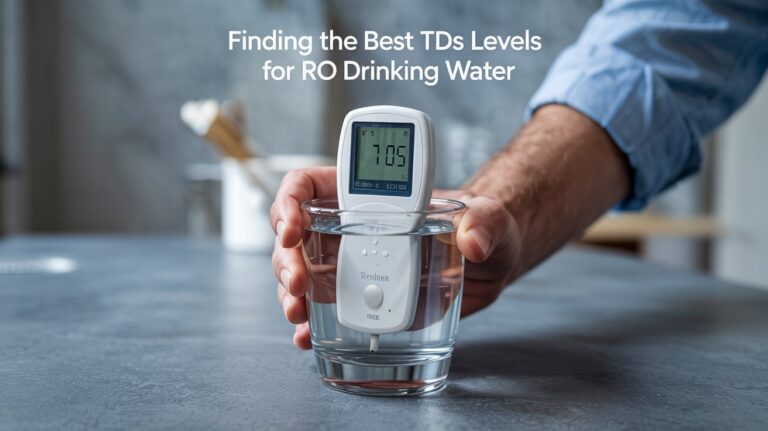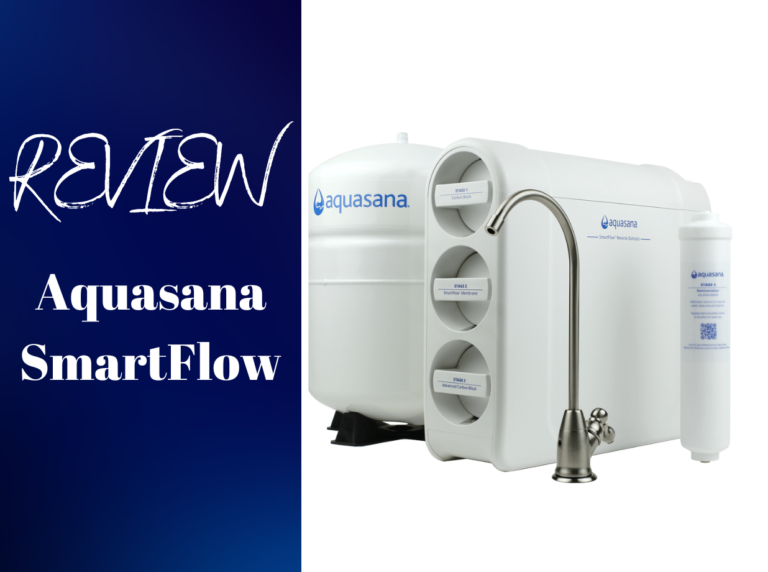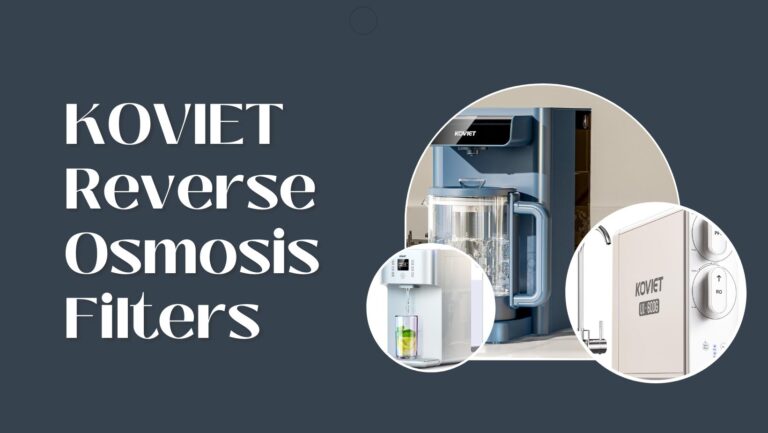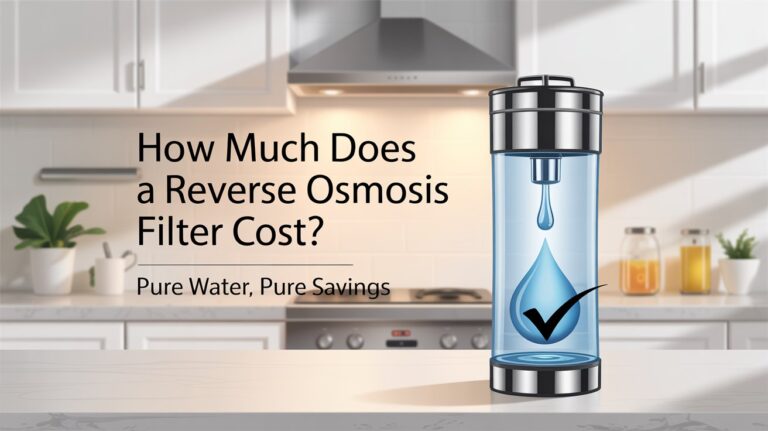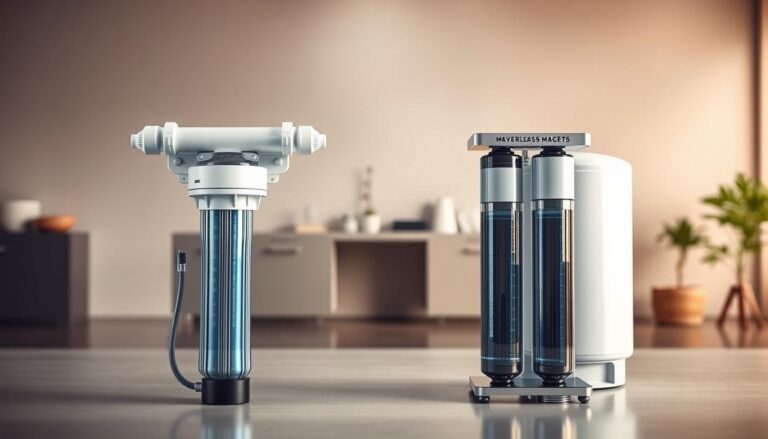Effective Methods to Reduce TDS in RO Water
Have you ever wondered how you can reduce the Total Dissolved Solids (TDS) in your Reverse Osmosis (RO) water to ensure it’s as pure and clean as possible? While RO systems are generally quite effective at filtering out many impurities, there are times when you might need to take additional steps to achieve the desired water quality. Whether it’s for health reasons, taste preferences, or just a passion for ensuring your home has the best water possible, there are ways to reduce TDS further in your RO water.
Understanding TDS in RO Water
What is TDS?
TDS stands for Total Dissolved Solids, which are the total amount of mobile charged ions, including minerals, salts, or metals dissolved in a given volume of water. These are usually measured in parts per million (ppm). High TDS levels in drinking water can affect its taste, making it salty, bitter, or metallic. It’s crucial to understand that not all dissolved solids are unwanted; some, like certain minerals, can be beneficial in small amounts.
Why Should You Care About TDS in Your Water?
TDS affects not only the taste of your water but also its safety and quality. While not all TDS are harmful, higher levels can indicate contamination with substances like lead or nitrate, which can pose health risks. Moreover, lower TDS levels can often result in better-tasting water and prolong the lifespan of your household appliances and plumbing systems.
How Reverse Osmosis Works for TDS Reduction
The Role of RO Systems
Reverse Osmosis (RO) systems are among the most effective methods for reducing TDS in water. These systems work by forcing water through a semi-permeable membrane that removes contaminants and dissolved solids. Typically, an RO system can reduce TDS levels by up to 90% or more, depending on the quality of the membrane and the overall system setup.
Limitations of RO in TDS Reduction
While RO systems are remarkably efficient, they are not perfect. Some dissolved salts and organic molecules may still pass through the membrane. Additionally, these systems require regular maintenance to ensure optimal performance. This includes changing filters and membranes as recommended by the manufacturer. Understanding these limitations is key to maximizing the benefits of your RO system.
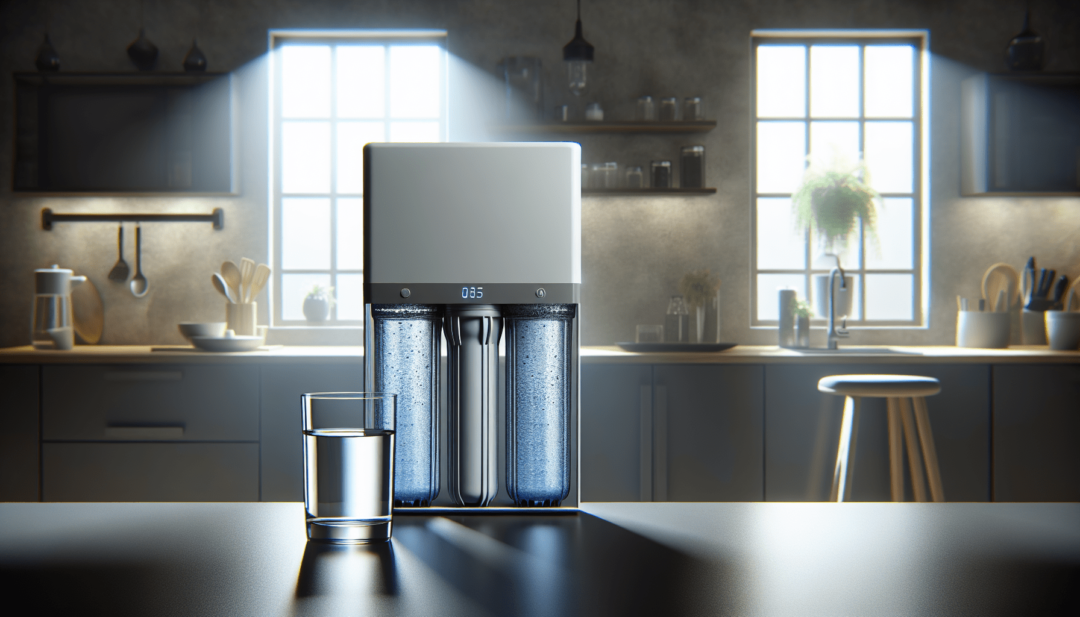
Effective Methods to Reduce TDS in RO Water Further
While RO systems do a commendable job on their own, there are several methods you can use to further reduce TDS levels:
1. Install a Post-Filter System
After RO filtration, a secondary filtration system can be added to ensure further reduction in TDS. This often involves using additional filters such as carbon filters, which can remove any remaining particles and improve the overall taste of the water.
2. Ion Exchange Method
Ion exchange units can be used alongside your RO system to specifically target and remove certain ions from the water. This process involves exchanging undesirable ions with ions that aren’t harmful, achieving a lower TDS.
3. Distillation
Considered one of the most thorough methods of purifying water, distillation involves boiling water to produce vapor, leaving the dissolved salts behind, and then condensing the vapor back to liquid form. This can effectively eliminate almost all TDS, but it’s important to remember that distillation also removes beneficial minerals, so it might not be suitable for everyone.
4. Regularly Maintain Your RO System
Regular maintenance of your RO system ensures that it operates at peak efficiency. This includes periodic replacement of the RO membrane and filters, checking the TDS levels regularly, and cleaning the storage tank to prevent any microbial growth.
5. Utilize Water Softeners
Water softeners are excellent for removing calcium and magnesium, which are primary contributors to water hardness and high TDS levels. By installing a water softener before the RO unit, you can reduce the TDS level entering the system, thereby increasing the efficiency of the RO process.
Best Practices for Monitoring TDS Levels
Monitoring TDS levels is crucial for understanding your water quality and knowing how effective your water treatment devices are. Here are some tips for keeping an eye on your TDS:
Use a TDS Meter
A TDS meter is an easy-to-use, affordable tool that enables you to measure the TDS level of your water. Regularly checking TDS levels helps identify whether your RO system or any additional methods are functioning properly.
Keep a Log of TDS Readings
Keeping a record of your TDS readings can help you notice any trends or sudden changes in water quality. This helps in early detection of potential issues with your water treatment system or changes in the source water quality.
Understand TDS Levels
Knowing the safe and acceptable range of TDS in drinking water is crucial. According to the Environmental Protection Agency (EPA), TDS levels below 500 ppm are generally considered acceptable for drinking water. However, preferences can vary, with some people opting for even lower levels based on taste or health concerns.

Comparing Different TDS Reduction Methods
Here’s a quick comparison table to help you see the differences between various TDS reduction methods:
| Method | Pros | Cons |
|---|---|---|
| RO System | Highly effective, removes many impurities | Requires regular maintenance and doesn’t remove all TDS |
| Post-Filter System | Further TDS reduction, improves taste | Additional cost and installation |
| Ion Exchange | Effective for specific ions, good for hard water | May require additional space and regular resin replacement |
| Distillation | Extremely thorough, low TDS output | Energy-intensive, removes beneficial minerals |
| Water Softeners | Reduces hard water minerals, improves RO efficiency | Initial setup cost, regular salt replenishment |
Importance of Balanced Mineral Content in Water
While reducing TDS can lead to cleaner and better-tasting water, it’s also important to consider the role of minerals. Healthy minerals like calcium, magnesium, and potassium are essential for bodily functions. Some water purification processes, such as distillation, may remove these beneficial minerals, so it can be worthwhile to explore methods for retaining them.
Enhancing Mineral Content
If you aim to reduce TDS while maintaining healthy minerals in your water, consider adding a remineralization filter post-RO. These filters reintroduce beneficial minerals into the purified water, balancing purity with nutrition.
Conclusion
Reducing TDS in your RO water is not only about removing unwanted impurities but also about achieving the right balance in your water quality. Through a combination of technologies such as post-filter systems, ion exchange, distillation, and more, you can optimize your RO water system’s performance. Regular maintenance and monitoring ensure that these systems continue to provide you with safe, clean, and good-tasting water. By understanding the methods available and selecting the right combination for your needs, you can enjoy the full benefits of reduced TDS in your water supply. Remember, the goal is to ensure your water is both purer and beneficial, meeting both your health needs and taste preferences.


